Tungsten Alloy Counterweight in Crankshaft
- Details
- Category: Tungsten Information
- Published on Friday, 19 July 2019 15:13
When it comes to crankshaft, finely balancing the rotating assembly made by tungsten alloy counterweight is a step that is often overlooked.
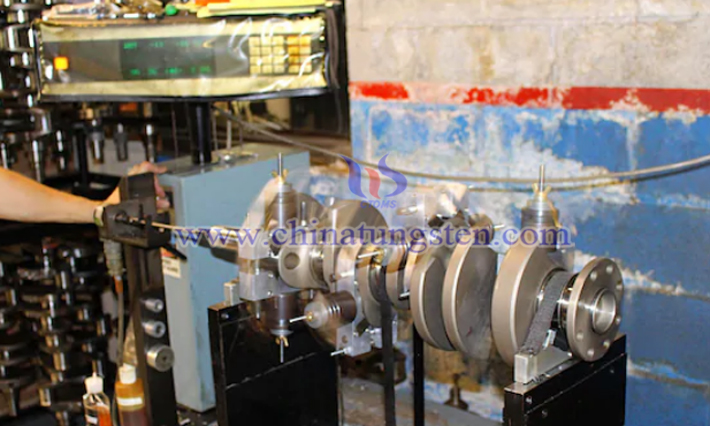
Internal engine balancing—as opposed to external balancing—effectively adds performance and longevity, along with reduced wear, noise, and vibration. Other benefits are an engine that will run smoother with less vibration which creates less havoc on the main and rod bearings while also helping the other parts to last longer.
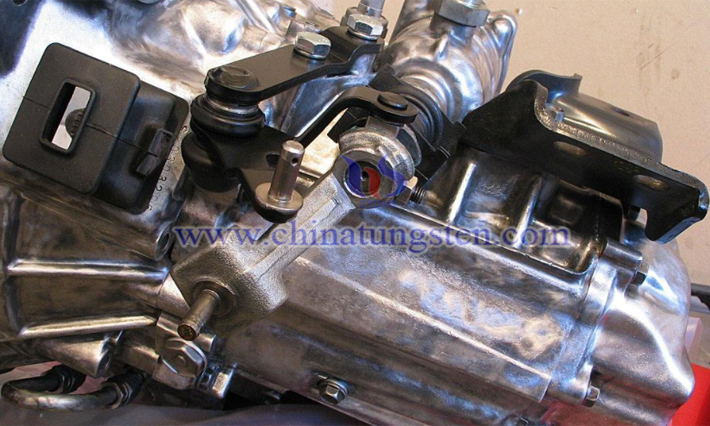
All crankshafts are balanced at the factory, but not to the same degree as needed for a racing engine or high performance street engine—which usually means holding the imbalance to less than ¼ ounce inches. The factory balance is adequate for production vehicles that don’t see regular high rpm blasts. Inside the internal combustion engine, the crankshaft must rotate at high speed. As the rotational and reciprocating parts increase speed, vibration gets worse. In fact, vibration gets worse as a function of the square of its rpm. As an example, at 8,000 rpm, second order vibrations are four times as bad as at 4,000, not twice as bad.
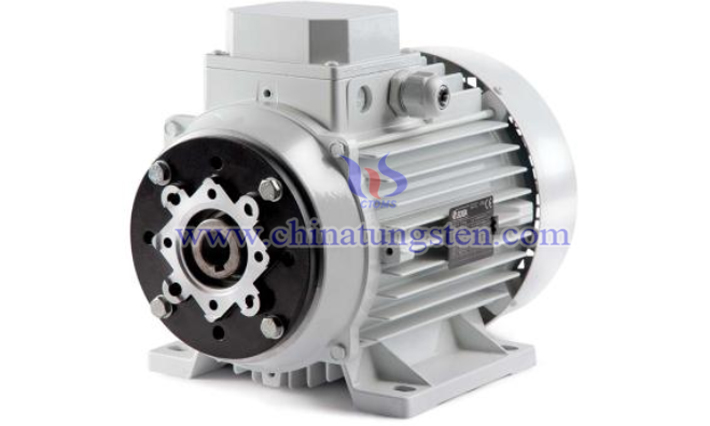
If we look at the kinematics of a rotating assembly a little closer, we can see why balancing plays such an important role. If we assume the crankshaft is rotating at a constant speed, when the crank throw is halfway between top dead center and bottom dead center, the wrist pin is actually more than half way down its travel. On the return trip, when the crank throw is half way between bottom dead center and top dead center, the wrist pin is not even half way up the bore. All this means the piston spends more time at the bottom of the bore than the top of the bore, and travels faster at the top than it does the bottom, and that’s a major contribution to vibration.
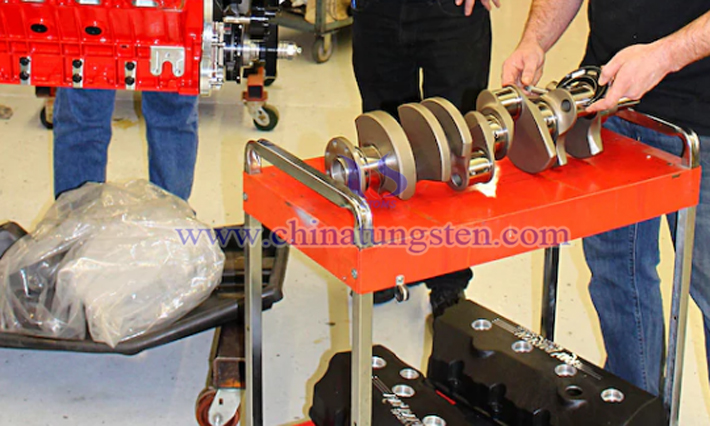
To solve this, tungsten alloy counterweight is designed to offset balance the inertial effect from the weight of the piston and connecting rod moving in both rotational and reciprocating motions (up and down) at speed. Most engines use large counterweights towards the front and rear of the crankshaft. Those larger front and rear counterweights are strategically placed further away from the crank’s centerline for a better balance effect. A custom billet crank goes one step further and places counterweights in the interior to further smooth out vibration, which adds power, smoothness and longevity with balancing to the engine.
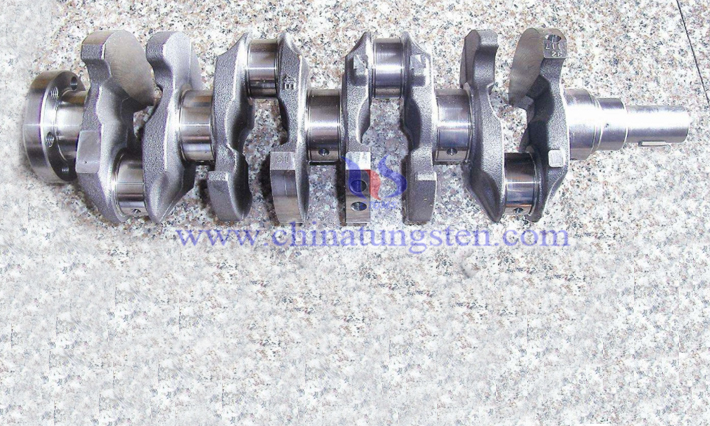
- Tungsten Alloy Manufacturer & Supplier, Chinatungsten Online: www.tungsten-alloy.com
- Tungsten News & Prices of China Tungsten Industry Association: www.ctia.com.cn
- Molybdenum News & Price: news.molybdenum.com.cn
- Tel.: 86 592 5129696; Fax: 86 592 5129797; Email: sales@chinatungsten.com



 sales@chinatungsten.com
sales@chinatungsten.com